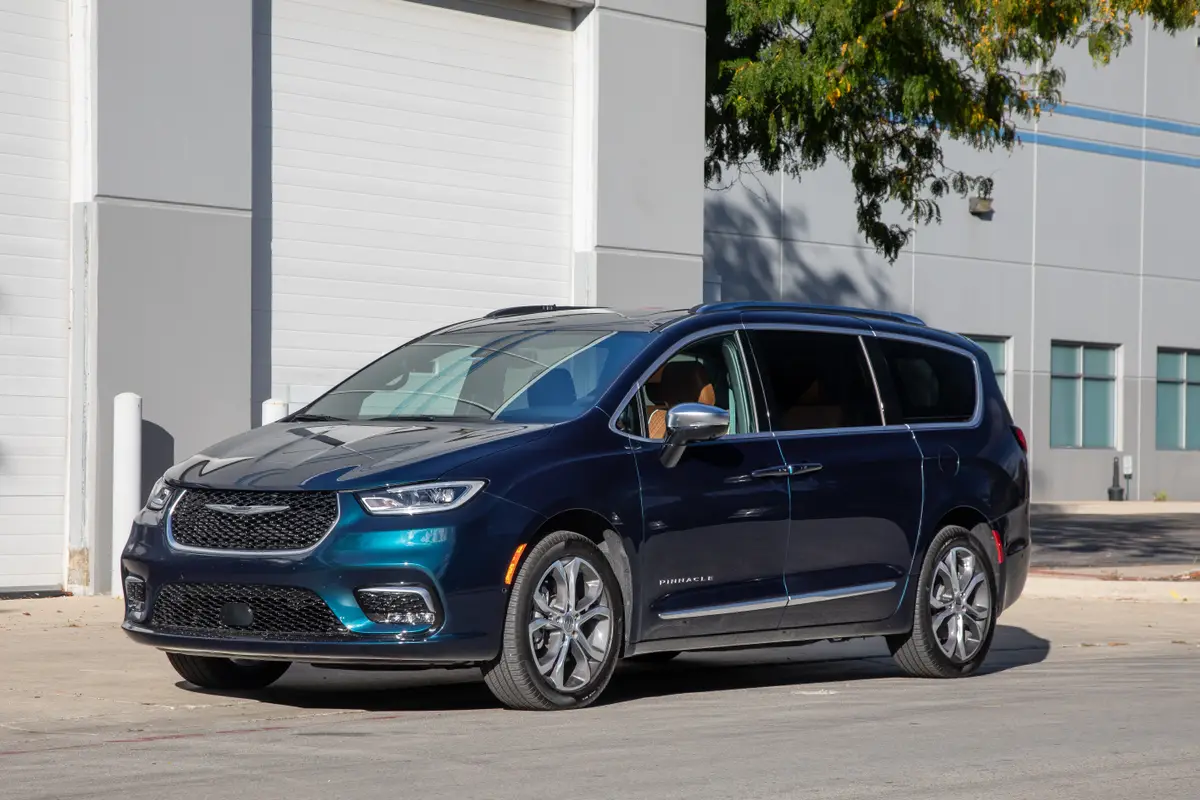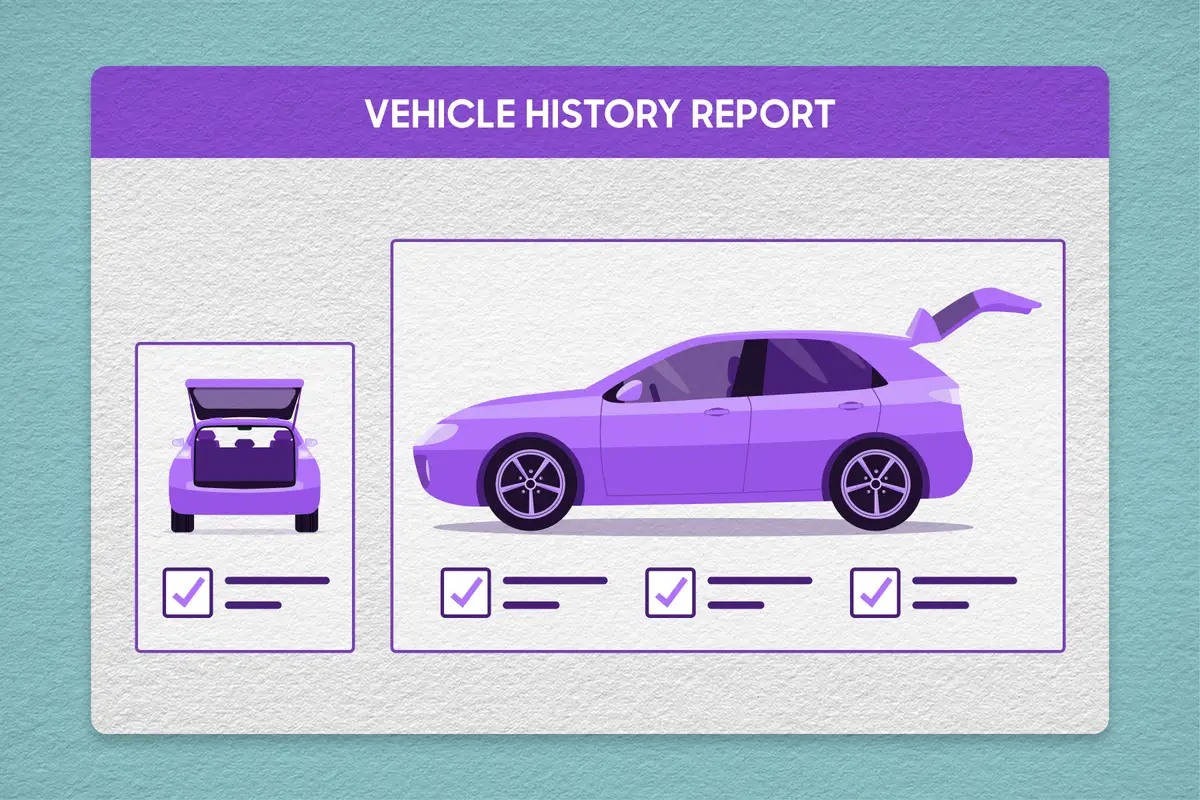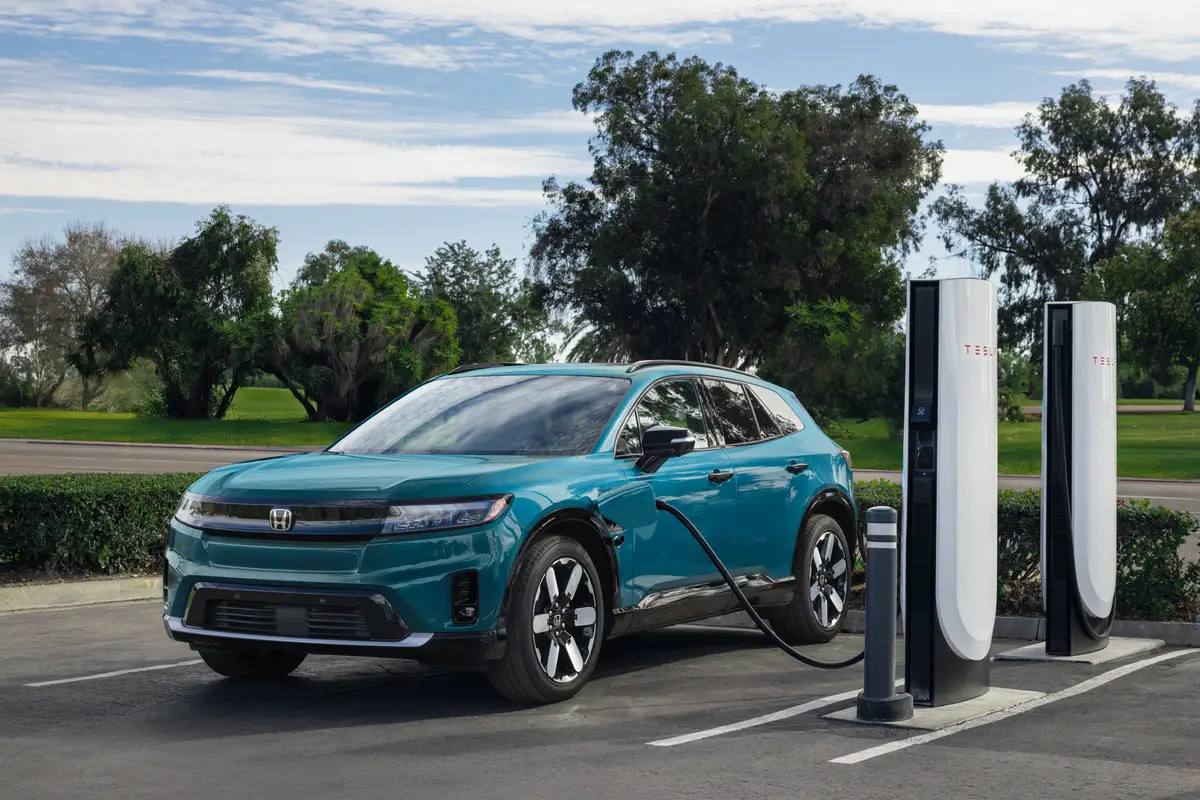The EV Tax Credit Is Ending; What Should an EV Shopper Do Now, and What’s Next?

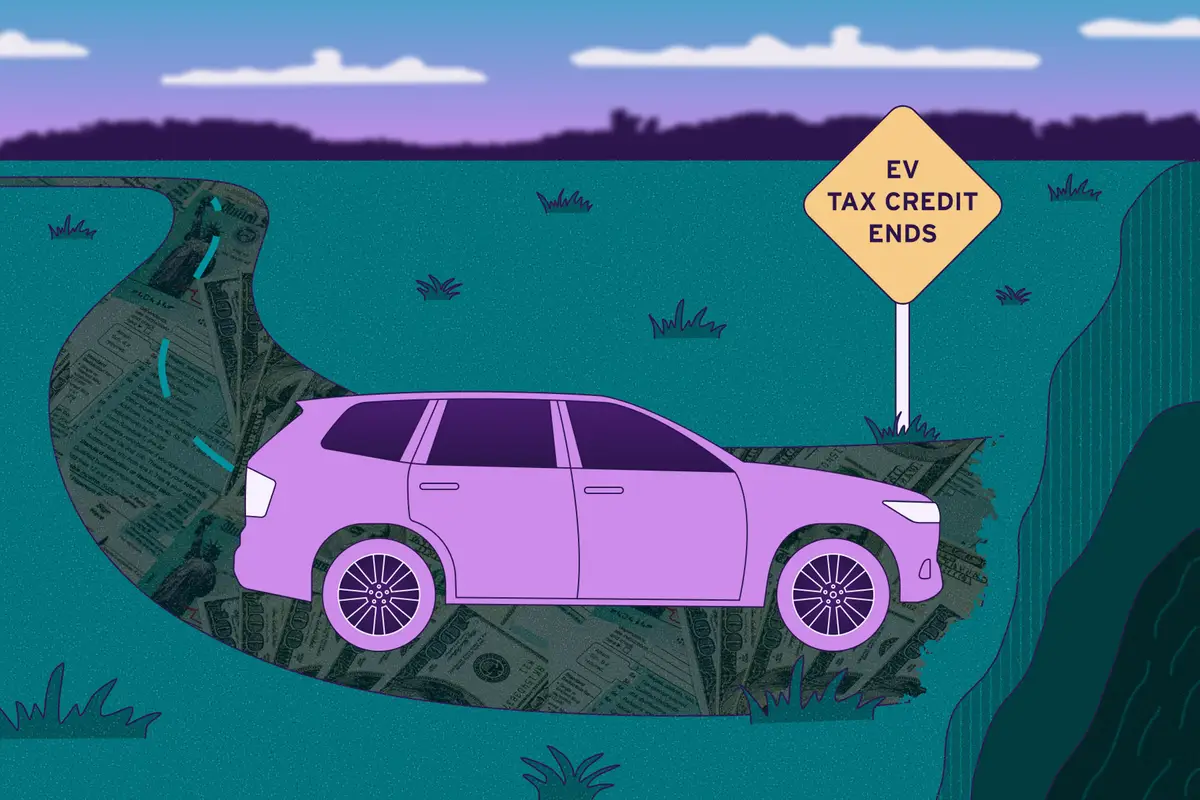
It was a good run while it lasted if you were in the market for a new electric vehicle, but the moment is now almost upon us: The federal tax credit for EV purchases ends on Sept. 30. The program that has helped incentivize the purchase or lease of a new or used EV for hundreds of thousands of buyers over the course of more than a decade is being phased out by the Trump administration, and it’s left many wondering what comes after that moment for both consumers and manufacturers.
We had a look at the state of the American car market to see what shoppers should know right now, what they should do right now, what comes after that deadline, and what vehicles and automakers might be most affected by what comes after the tax credit ends.
Related: Thinking About Getting an EV Before the Tax Credit Ends?
What You Should Do Now if You Want That Credit
- Key takeaway: Shoppers should purchase and take delivery of an EV before Oct. 1 if they want to claim the federal EV tax credit even though an IRS loophole may allow them to receive the tax credit without taking delivery if they sign documents and make a payment by the Sept. 30 deadline. Shoppers should also look for automaker and local incentives for potential savings.
First, there are a couple of things to know. The federal EV tax credit is just that: a deduction on your income tax for the year provided you qualify for it. Not everyone does — maybe you make too much money or maybe the car you’re looking at doesn’t qualify — and it requires some paperwork when you file your taxes in April. It’s not a discount, either; you don’t get that chunk of change off the price of an EV unless you take the step of transferring that credit to the dealership (which is what many dealers do and does allow you to take that chunk of change off the transaction price at the start). The tax credit can make a lot of EVs more affordable or help get you out from a pandemic-era car loan that might be underwater.
With that out of the way, if you want to make sure you secure that EV incentive, go out and get one before the clock ticks over to Oct. 1. To be doubly sure you get that credit, take delivery before then, too. As of this writing, the IRS has thrown a bit of a curveball at buyers, saying that as long as you’ve signed the documents and made a payment before the end of day Sept. 30, you don’t have to take immediate delivery in order to get the credit. But how this factors into the requirements for vehicle registration and titling is unclear, leading many dealers to try and figure it out themselves. The simplest solution is to simply get it all done now, as fast as possible, and take delivery of your car before the deadline hits.
This doesn’t factor in the possibility of additional incentives automakers are piling onto EVs this month as extra motivators to get them off dealer lots, either. Some brands are doing gangbuster financing deals, while others are doing lease deals (the $7,500 tax credit can be applied to leasing, as well, often more easily than a financed purchase).
The federal tax credit is not the only government spiff that you might qualify for. Many states and municipalities also have local credits, rebates and incentives that aren’t reliant on the federal credit, so it’s worth checking your locality for any such possible programs. Altogether, the next couple of weeks might be the best time ever to get a new EV in terms of what your out-the-door cost and monthly payments might look like.
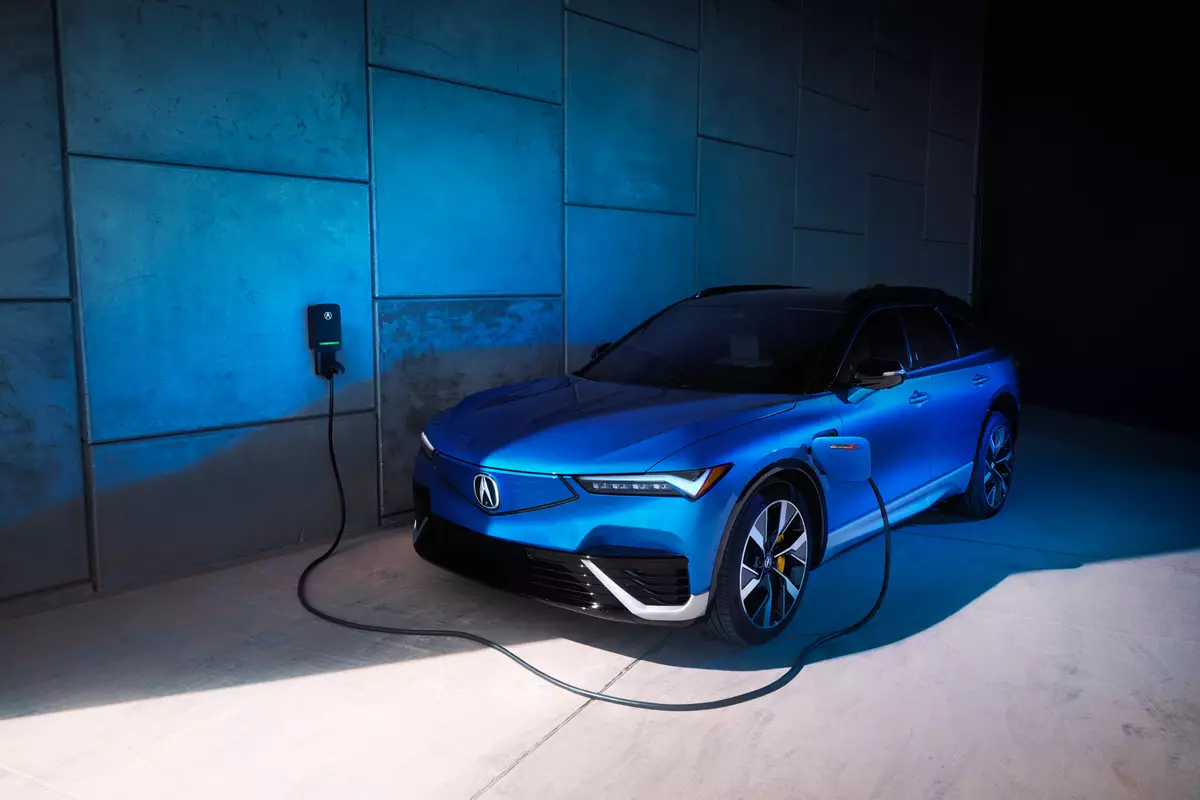
What Happens After the EV Tax Credit Ends?
- Key takeaway: With the upcoming expiration of the federal tax credit, automakers are reevaluating their pricing, production and future models, and future incentives will depend on inventory levels.
This is a bit of a gray area. With the federal incentives going away, automakers are going to be left with some difficult choices on pricing, supply and future models, but what they do in the coming months will likely depend on just how many EVs are left on dealer lots and in the shipping pipeline after Sept. 30. If dealerships sell a lot of their inventory this month, we’re not likely to see many automaker incentives on the hood of remaining vehicles. There may be some as end-of-year sales pushes start to happen, but nothing approaching what the federal tax credit could employ. However, if automakers don’t see significant sales this month, discounts could be employed to clean out the rest of the stock in October and November, especially as the model year comes to a close.
But we’re also already starting to see automakers adjust production for the second half of the year, slowing new EV assembly, canceling some models and reducing imports (partly for the disappearance of the credit, partly for the institution of tariffs). For instance, GM has partially idled its factory that makes its big electric trucks, affecting the GMC Hummer EV and Cadillac Escalade IQ, and Mercedes-Benz has stopped taking orders for some of its EQ line of vehicles.
Read More EV Coverage from Cars.com:

Are Affordable EVs Done?
- Key takeaway: Though it’s likely that new EVs will see increased pricing, automakers should be focusing on producing more affordable EVs. Meanwhile, prices for used EVs are declining.
Absolutely not. In fact, there’s a new push by automakers to continue to offer EVs that are more affordable than ever. The first one, the 2026 Nissan Leaf, arrives in dealerships by fall with a starting price of $31,485 (including destination). The 2027 Chevrolet Bolt EV is just on the verge of being revealed, as well, with a price expected to at least match the Leaf, if not beat it. Meanwhile, Hyundai’s Kona EV and Chevy’s Equinox EV are also reasonably priced. The pressure to make cheap EVs is not letting up anytime soon, especially as the Chinese market is driving the world’s automakers to find new ways of driving down cost.
While new EVs are likely to see their transaction prices increase due to the loss of the credit, used-EV prices (which have been declining steadily thanks to high inventory and a plethora of affordable models under $25,000) are selling quickly, too, according to Cars.com data. As the depreciation on new EVs is pretty hefty, used offerings make for an interesting, cost-effective option for a lot of EV intenders and used-car buyers in general.
Here’s the interesting part: This longtime tax credit has helped the industry get a lot of EVs into consumer hands at prices that they otherwise would not have been able to afford. Over the last decade, the biggest factor in driving down overall EV cost has been battery cost, which has been reduced to nearly $100 per kilowatt-hour and is continuing to fall quickly, mostly thanks to Chinese efforts in new technology and economies of scale. But the electric car market isn’t going away anytime soon, especially in foreign markets, meaning there will still be EVs to buy here in the U.S. even after the federal tax credit ends. What the end of the EV tax credit is doing, however, is forcing automakers to reevaluate their overall strategy for bringing the next generation of EVs to market.
Related Video:
Cars.com’s Editorial department is your source for automotive news and reviews. In line with Cars.com’s long-standing ethics policy, editors and reviewers don’t accept gifts or free trips from automakers. The Editorial department is independent of Cars.com’s advertising, sales and sponsored content departments.

Detroit Bureau Chief Aaron Bragman has had over 25 years of experience in the auto industry as a journalist, analyst, purchasing agent and program manager. Bragman grew up around his father’s classic Triumph sports cars (which were all sold and gone when he turned 16, much to his frustration) and comes from a Detroit family where cars put food on tables as much as smiles on faces. Today, he’s a member of the Automotive Press Association and the Midwest Automotive Media Association. His pronouns are he/him, but his adjectives are fat/sassy.
Featured stories
